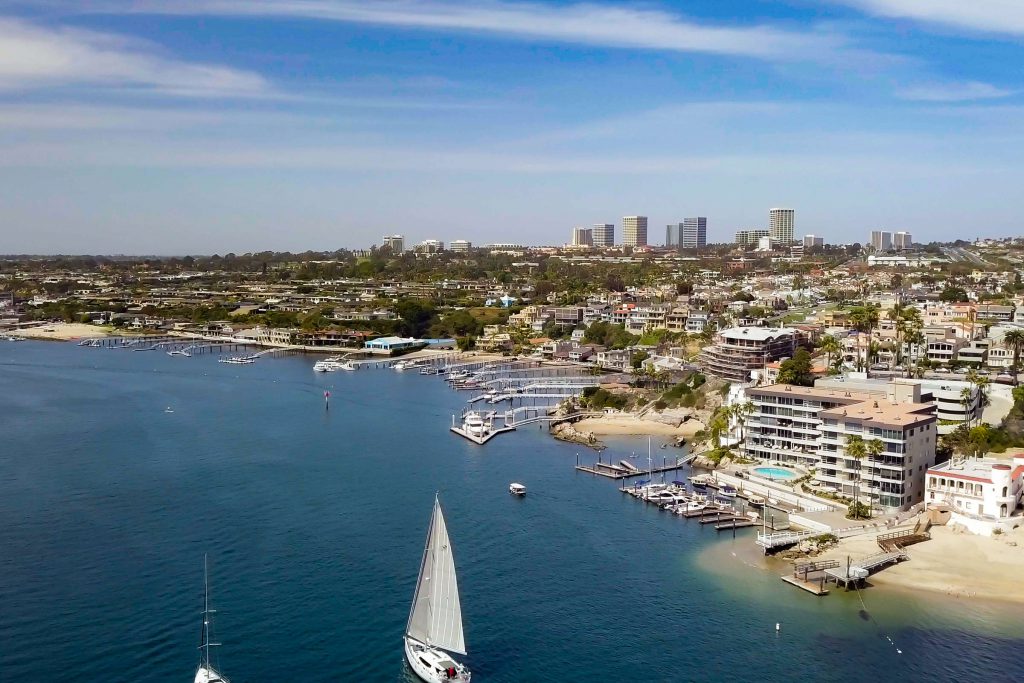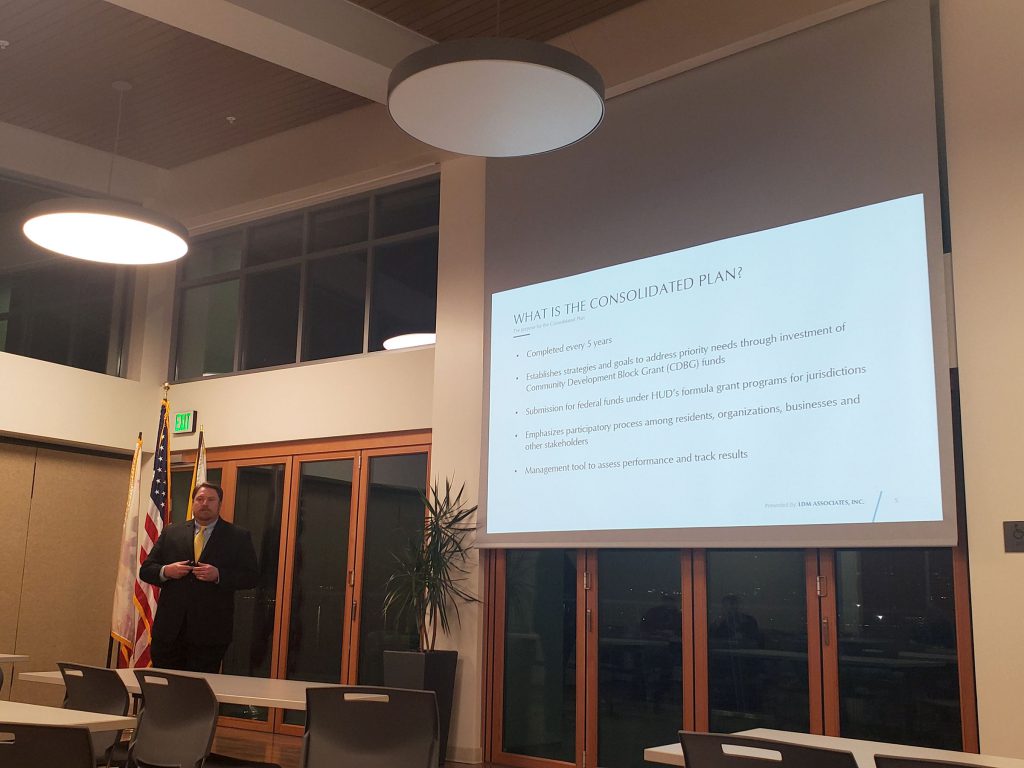
— Photo by Hilo Pictures / Shutterstock ©
Residents and city officials discussed the needs of Newport Beach and areas which could be improve by utilizing federal grant funds at a meeting this week.
In advance of preparing the Consolidated Plan for 2020-24, the city of Newport Beach and the Community Development Department invited residents to attend a meeting Tuesday to discuss the short- and long-term needs of the community, and how federal Community Development Block Grant (CDBG) program funds may be used to meet those needs.
Feedback gathered will be used by the city in the development of the city’s CDBG Five-Year Consolidated Plan, a U.S. Department of Housing and Urban Development grant received by the city each year to implement specific programs and projects.
The city’s Real Property Administrator Lauren Wooding Whitlinger is leading the effort and introduced the program at Tuesday’s meeting. Consultant Clint Whited of LDM Associates led the discussion.
“It’s for the community, it’s for the residents of Newport Beach,” Wooding Whitlinger said after the meeting. “So getting the input of the residents and being able to put the money and funding where it’s really needed (is important).”
An online survey asking residents to rate the need for various facilities and services is also being utilized to gather feedback. The survey will likely stay open until late March.
About 40 people have taken the poll as of Tuesday evening, Wooding Whitlinger noted, but they are still working on getting more.
“We’re hoping for a lot (of input),” she said. “We’re trying to get the word out there.”
It’s a federal allocation of grant money, Wooding Whitlinger explained, so gathering feedback from the locals is a key part of the process.
They will take it to the March 24 Council meeting for more public comment, Wooding Whitlinger confirmed. The draft consolidated plan and the first year’s “action” plan will return to Council for review and possible approval, likely in April or May.
Only a handful of residents attended Tuesday’s forum, among them City Councilman Jeff Herdman and longtime local Allan Beek.
A few commented during the discussion, pointing out needs for transportation, parking, and code enforcement.

— Photo by Sara Hall ©
HUD describes the CDBG program as “flexible program that provides communities with resources to address a wide range of unique community development needs.”
Whited explained that HUD provides the annual grant on a formula basis to cities to carry out eligible community activities. The program can provide a wide range of housing, community and economic development activities, he added.
Although there is a “giant list” of approved activities, any project has to meet one of three national objectives: Benefit low- and moderate-income people, prevent or eliminate “slums or blight,” or meet an “urgent need.”
During the most recent year, the city received $367,434 for infrastructure and public facility improvements, and public services. The current year is expected to be around $372,000, Whited confirmed. Typical allocation ranges between $350,000 to $370,000 a year, he added.
Areas for possible use include: Community facilities (senior and youth centers, parks, libraries, etc.); community services (senior and youth activities, transportation, anti-crime programs, etc.); infrastructure (sidewalk or street improvements, street lighting, drainage, accessibility, etc.); special needs services (services or centers for disabled, domestic violence, neglected/abused children, homeless, etc.); neighborhood services (code enforcement, planting trees, parking facilities, graffiti removal, cleanup of abandoned lots, etc.); business and jobs (employment training, small business loans, commercial façade improvements, etc.); affordable housing services (housing rehabilitation, energy efficient improvements, lead-based paint removal, etc.); and affordable housing facilities (housing for the disabled, seniors, or single families, rental housing, transitional or supportive housing, etc.).
The CDBG Consolidated Plan is completed every five years, Whited explained. It establishes strategies and goals to address priority needs through investment of the grant funds.
Participance by residents, local organizations, businesses, and other stakeholders is emphasized during the process, he added.
It’s also used as a management tool to assess performance and track results, Whited said.
Components of the plan include assessing the needs and market/inventory, developing a strategic plan, and creating a first-year action plan.
After gathering input, they would develop a list of priority needs that is “right-sized” for Newport Beach.
Past data and market information are reasonable predictors, but determining the future needs of a city is somewhat like reading a crystal ball, Whited commented, there are often “twist or turn” over the five-year period.
The needs would then be tied to reasonable goals for the next five years, Whited said. Goals for the plan need to be specific, measurable, achievable, relevant, and time-bound, Whited added.
Everything comes together in the strategic plan, Whited noted.
HUD provides a nationwide framework for the program, but what works for Newport Beach may not work in other cities, Whited pointed out.
“It’s up to us locally, and with our elected officials, to make decisions about how to invest those funds that’s appropriate for Newport Beach,” Whited said.
The resident survey for the CDBG program is available at bit.ly/NewportBeachResident




